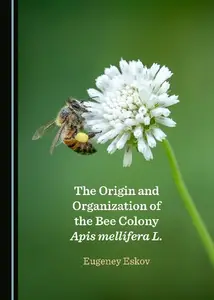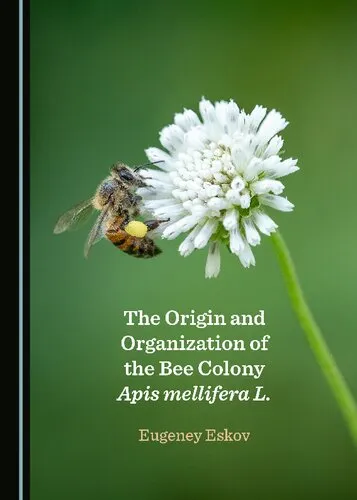The Origin and Organization of the Bee Colony Apis mellifera L. by Eugeney Eskov
English | Dec 11, 2019 | ISBN: 1527542076 | 224 pages | PDF | 4 MB
English | Dec 11, 2019 | ISBN: 1527542076 | 224 pages | PDF | 4 MB
The book examines original information on the honey bee’s adaptation to a wide range of environmental factors, which have enabled it to adapt to life on all continents inhabited by humans. It shows that the origin of the bee colony is associated with its transformation into an integral biological unit, subjected to the action of natural selection, and explains the contradiction between the eurythermia of the bee colony and the stochasticity of a single member of it. Adaptations to long wintering, which are based primarily on the ethological response to cooling, are also considered, as are specific acoustic and electrical signals used in the spatial orientation and communication of bees. The book will appeal to a wide range of readers interested in the studying of the ethology and physiology of animals.



